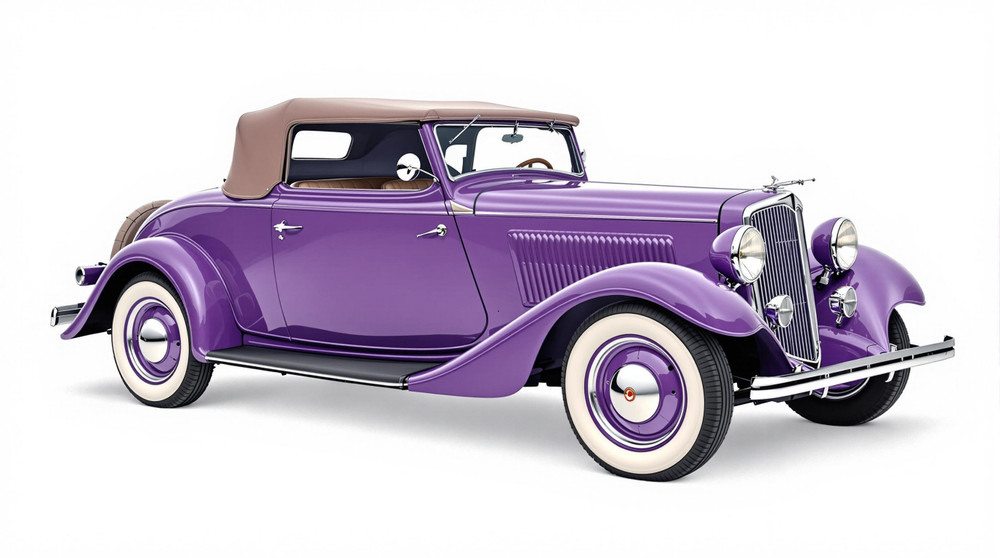Image of 1933 Studebaker Commander Model 73, Note: These illustrations use artistic license and may differ from actual historical models.
Performance Metrics
Fundamental Metrics
Emotional Appeal
MMP Rating
| Engine Specifications | |
|---|---|
| Engine: | Straight-8 |
| Displacement: | 221 cubic inches |
| Horsepower: | Estimated 85-100 hp |
| Torque: | Not available |
| Compression Ratio: | Not available |
| Ignition System: | Distributor and coil |
| Cooling System: | Water-cooled |
| Performance Specifications | |
| 0-60 Time: | Not available |
| 1/4 Mile Time: | Not available |
| Top Speed: | 75 mph |
| Transmission and Drive | |
| Drive Type: | Rear-wheel drive |
| Transmission Type: | 3-speed manual |
| Fuel and Efficiency | |
| Fuel System Type: | Carburetor |
| MPG: | Not available |
| Dimensions and Brakes | |
| Brakes: | Mechanical drum brakes |
| Wheelbase: | 114 inches |
| Weight: | 3,200 lbs |
Note: Specifications for classic cars are given to the best of our ability, considering the limited and variant data available.
Introduction
The 1933 Studebaker Commander Model 73 stands as a testament to the resilience and innovation of early 20th-century American automotive engineering. Born in the midst of the Great Depression, this vehicle emerged from the Studebaker Corporation of South Bend, Indiana, a company with a rich heritage of manufacturing wagons and automobiles. The Commander Model 73 was not only a beacon of hope during tough economic times but also a symbol of progress with its advanced features and stylish design. A notable moment in its history is when it became a pace car for the Indianapolis 500, cementing its legacy in the annals of automotive history.
Design and Innovation
The exterior of the 1933 Studebaker Commander Model 73 exuded elegance and modernity, with its sweeping lines and pronounced fenders that seemed to glide effortlessly over the wheels. The vehicle's chrome grille presented an imposing yet sophisticated face to onlookers, while the bullet-shaped headlights added to its aerodynamic profile. Inside, passengers were enveloped in luxury, with high-quality fabrics and wood trim adorning the cabin. Technologically, it boasted advancements such as an improved chassis and Free Wheeling overdrive transmission that were ahead of their time. Color options ranged from deep blues to rich burgundies, with Rockne Gray being a popular choice among buyers. The most iconic body style was arguably the four-door sedan, which offered both space and style to discerning customers.
Historical Significance
The Commander Model 73's impact on automotive design was substantial; it introduced features that would become staples in future vehicles. Its streamlined shape hinted at an industry-wide shift towards aerodynamics that would dominate car design philosophies for decades. The Commander stood out from its contemporaries with its blend of luxury, performance, and affordability—a trifecta that few could match at the time.
Performance and Handling
Underneath the hood lay an eight-cylinder engine that propelled the Commander Model 73 to impressive speeds for its era, with top speeds reaching around 80 mph—a remarkable feat for a car of its size. Acceleration from 0-60 mph was achieved briskly for a car from the 1930s. On various driving conditions, whether navigating city streets or cruising down country roads, drivers reported a smooth ride with commendable handling characteristics. Behind the wheel, one could hear the distinct purr of the engine—a sound that spoke volumes about Studebaker's mechanical prowess.
Ownership Experience
The Studebaker Commander Model 73 found its place as a versatile automobile suitable for daily driving, showing off at car exhibitions or even occasional racing exploits by enthusiasts. Maintenance was straightforward by standards of the time, allowing average owners to keep their vehicles running without excessive downtime or cost. Its reliability further solidified its reputation among American families and automotive aficionados alike.
Fun Facts
This classic piece of Americana has been associated with various interesting tidbits throughout its life span. While not known for breaking speed records, it did make waves as an Indy 500 pace car—a prestigious honor in motorsport circles. Despite facing criticisms for being somewhat conservative in design compared to European counterparts, it maintained a loyal following due to its dependability and comfort.
Collector's Information
Today, the value range for a well-preserved 1933 Studebaker Commander Model 73 can vary greatly depending on condition, originality, and history. With production numbers not exceedingly high due to economic constraints at the time, surviving examples are relatively rare. Current estimates suggest that these vehicles can fetch anywhere from $20,000 to well over $50,000 at auction or private sale. As appreciation for pre-war classics grows, prices are generally trending upward.
Conclusion
The 1933 Studebaker Commander Model 73 is more than just an antique; it's a piece of automotive heritage that showcases American ingenuity during one of history's most challenging periods. Its combination of style, performance, and innovation continues to captivate classic car enthusiasts around the world. As we look back on this remarkable machine, we're reminded that even during times of adversity, human creativity and engineering can produce something truly timeless.
1933 Studebaker Commander Model 73 Catalog of Parts
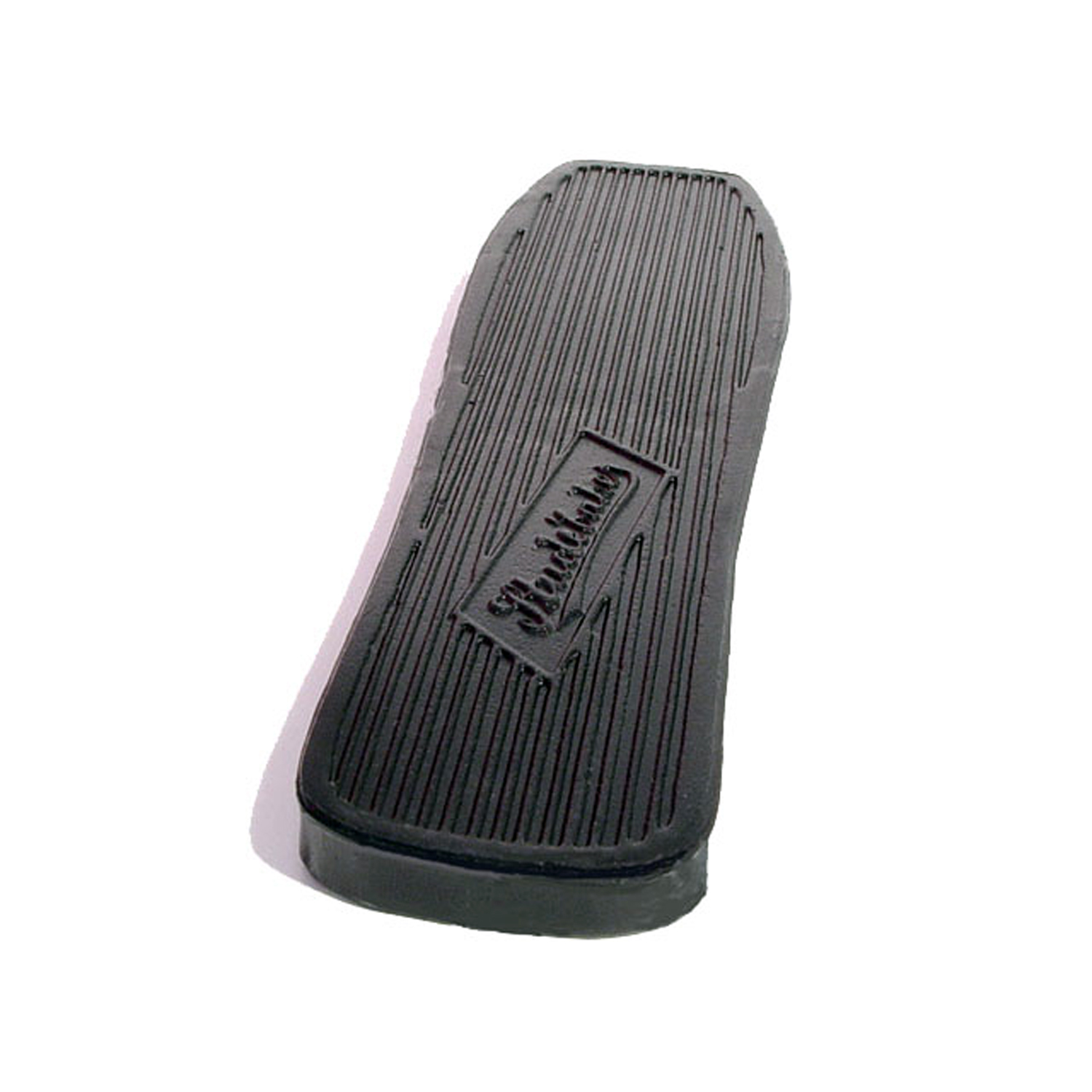 1933 Studebaker Commander Model 73 Accelerator Pedal Pad, 2-3/8" X 9", Each-AP 22Accelerator Pedal Pad, 2-3/8" X 9", Each
1933 Studebaker Commander Model 73 Accelerator Pedal Pad, 2-3/8" X 9", Each-AP 22Accelerator Pedal Pad, 2-3/8" X 9", Each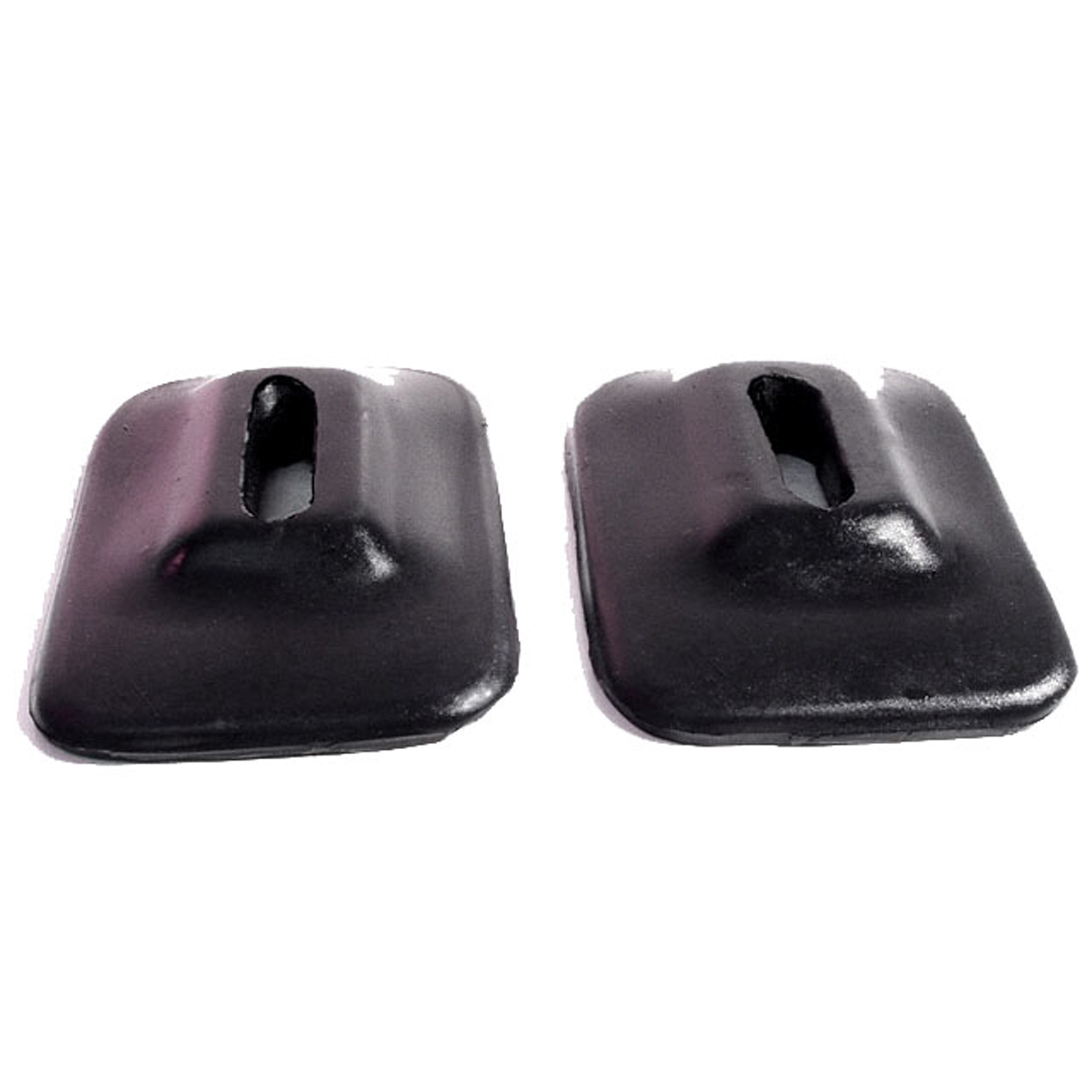 1933 Studebaker Commander Model 73 Front and Rear Bumper Arm Grommets-BG 45Front and Rear Bumper Arm Grommets. 2-3/4" wide X 4-1/8" long, with 1-5/8" long inner slot. Pair
1933 Studebaker Commander Model 73 Front and Rear Bumper Arm Grommets-BG 45Front and Rear Bumper Arm Grommets. 2-3/4" wide X 4-1/8" long, with 1-5/8" long inner slot. Pair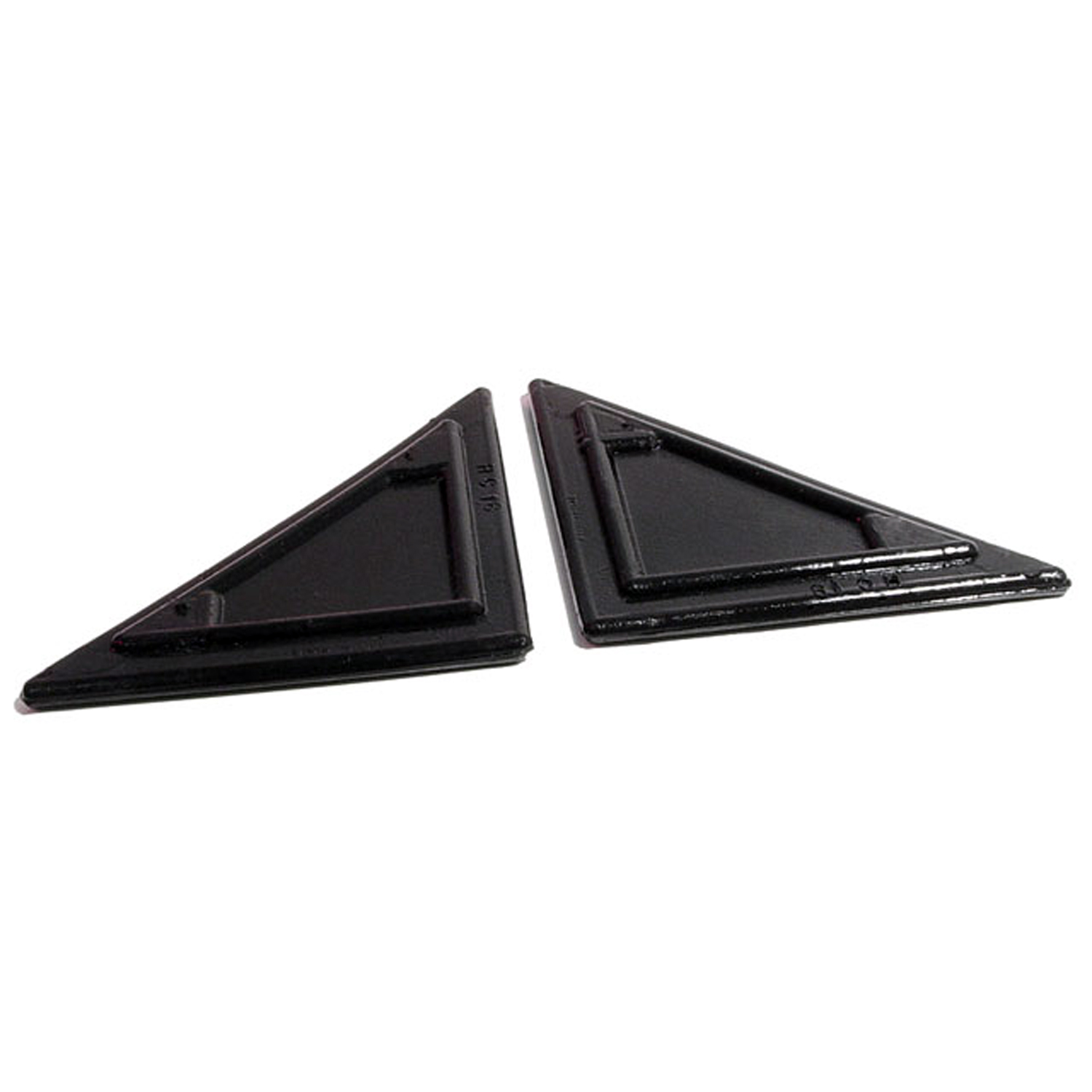 1933 Studebaker Commander Model 73 Hood Corners. Original design. 2-3/4" wide. Pair-HC 18Hood Corners. Original design. 2-3/4" wide. Pair
1933 Studebaker Commander Model 73 Hood Corners. Original design. 2-3/4" wide. Pair-HC 18Hood Corners. Original design. 2-3/4" wide. Pair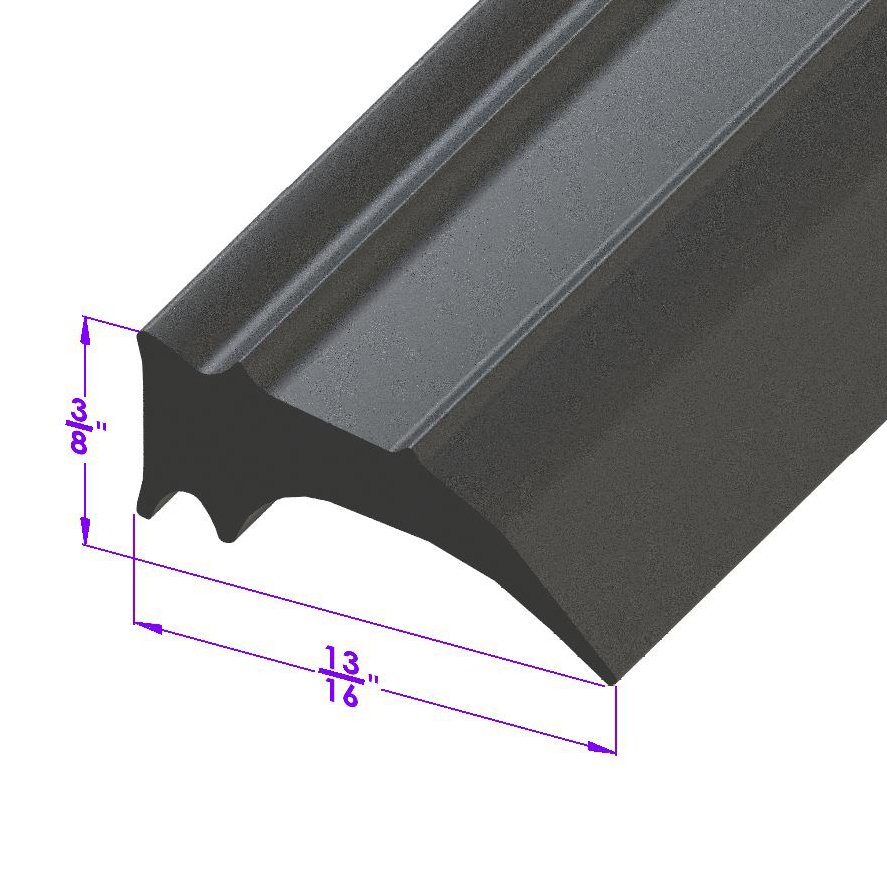 1933 Studebaker Commander Model 73 Swing-Out Windshield Seal. 3/4" High. Sold by the foot-LP 97-ASwing-Out Windshield Seal. 3/4" High. Sold by the foot
1933 Studebaker Commander Model 73 Swing-Out Windshield Seal. 3/4" High. Sold by the foot-LP 97-ASwing-Out Windshield Seal. 3/4" High. Sold by the foot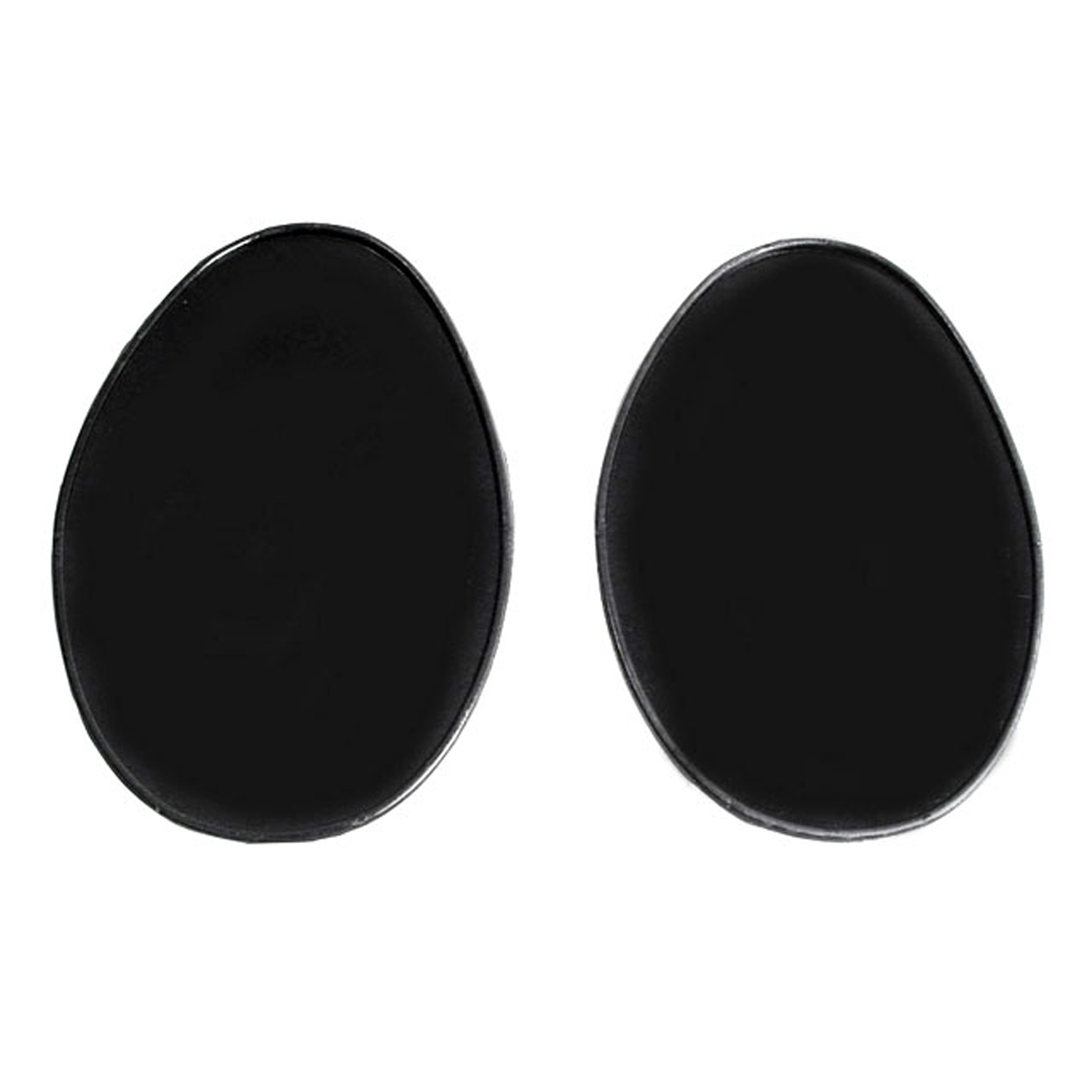 1933 Studebaker Commander Model 73 Tail-light Pads. 4-7/8" wide X 7-1/4" long. Pair-MP 981Tail-light Pads. 4-7/8" wide X 7-1/4" long. Pair
1933 Studebaker Commander Model 73 Tail-light Pads. 4-7/8" wide X 7-1/4" long. Pair-MP 981Tail-light Pads. 4-7/8" wide X 7-1/4" long. Pair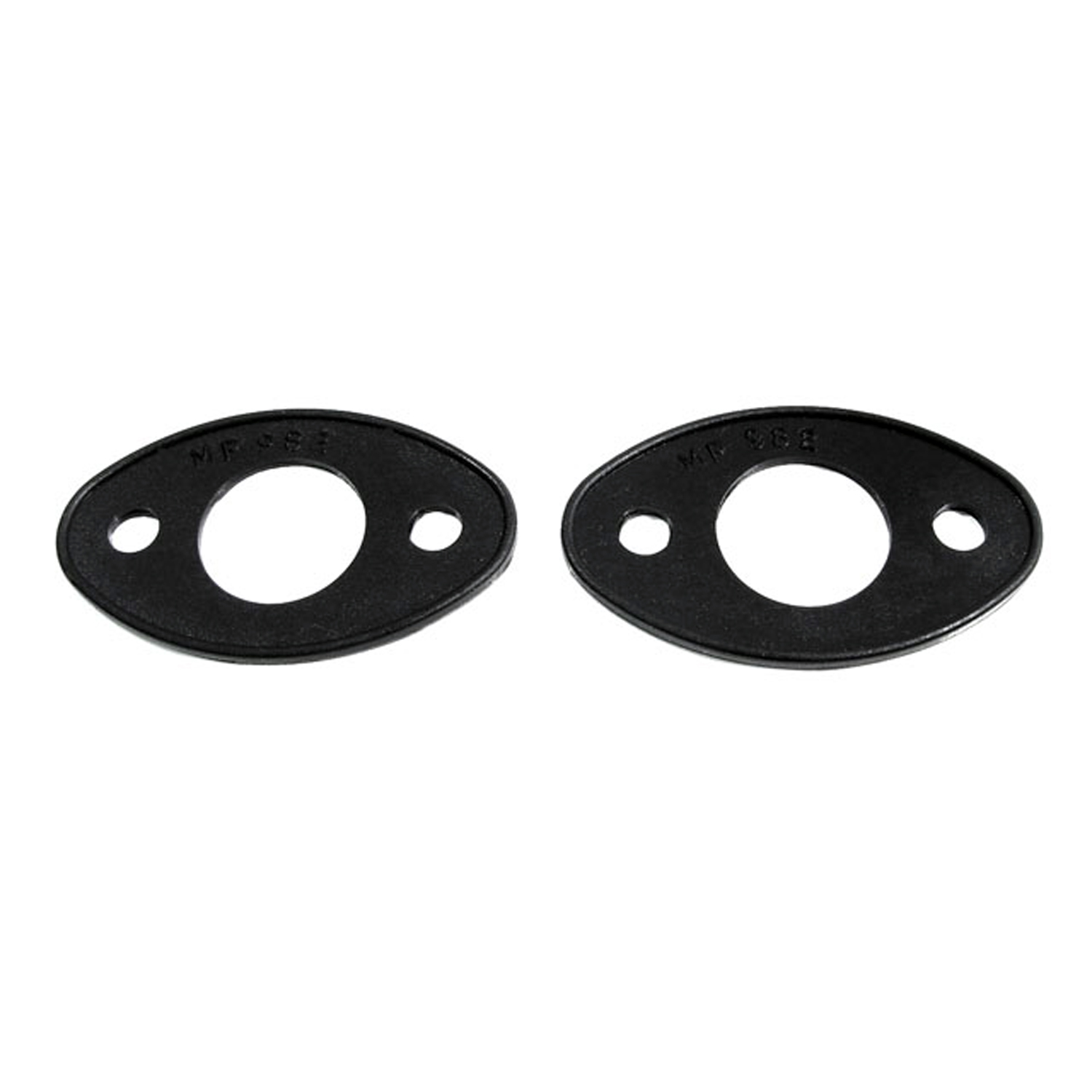 1933 Studebaker Commander Model 73 Door Handle Pads. 1-3/8" wide X 2-1/4" long. Pair-MP 982Door Handle Pads. 1-3/8" wide X 2-1/4" long. Pair
1933 Studebaker Commander Model 73 Door Handle Pads. 1-3/8" wide X 2-1/4" long. Pair-MP 982Door Handle Pads. 1-3/8" wide X 2-1/4" long. Pair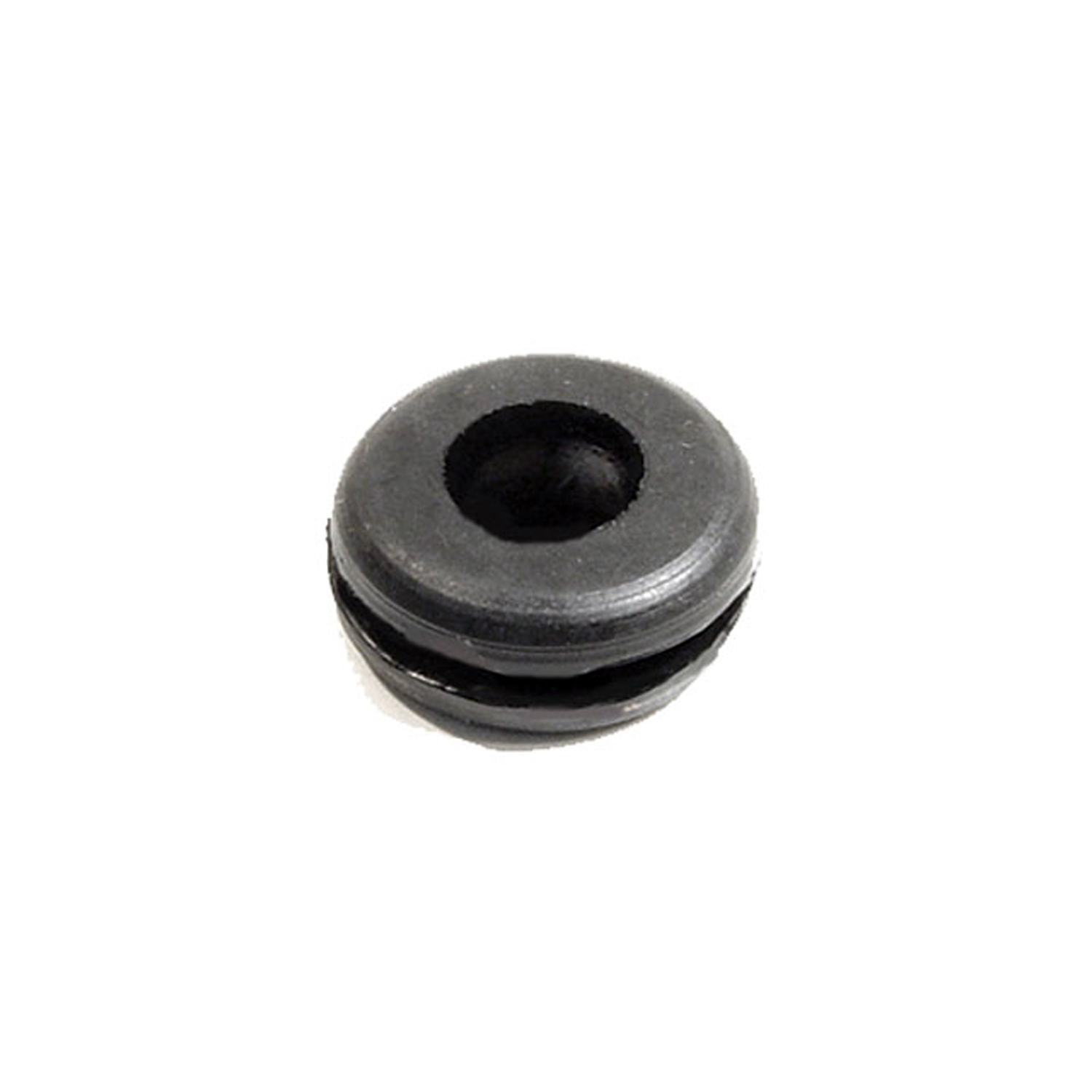 1933 Studebaker Commander Model 73 Headlight & Tail-Light Wire Grommet. 3/8" I.D., 7/8" O.D-SM 13-AHeadlight & Tail-Light Wire Grommet. 3/8" I.D., 7/8" O.D. Each
1933 Studebaker Commander Model 73 Headlight & Tail-Light Wire Grommet. 3/8" I.D., 7/8" O.D-SM 13-AHeadlight & Tail-Light Wire Grommet. 3/8" I.D., 7/8" O.D. EachWhy Choose Metro?
For over 100 years, Metro Moulded Parts has been the pinnacle of quality in classic car restoration parts. Our commitment to precision and authenticity in every component ensures a perfect fit and an OEM-level appearance.
- Expert Craftsmanship & Quality: Each part is a testament to our dedication to reliability and perfection, crafted from original designs and thoroughly tested.
- Advanced Technology: We use cutting-edge techniques to create flawless, long-lasting parts that surpass others in performance.
- SuperSoft Sponge – The Ultimate Door Seal: Not only are our door seals 30% softer than competitors', but they're also guaranteed to never leak. They effectively reduce wind and road noise, enhancing your classic car's comfort and driving experience.
- Proudly American: Our parts are a product of American craftsmanship, made in the USA with a spirit of excellence and heritage.
- Unrivaled Warranty: We back our products with a 30-year industry-leading warranty, a testament to our confidence in their quality.
Join us in preserving the legacy of classic cars with parts that are crafted for perfection, not just made.

